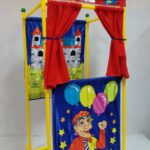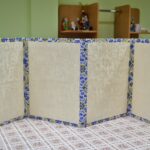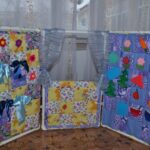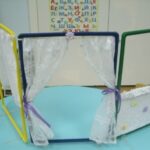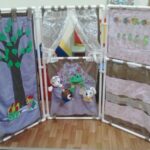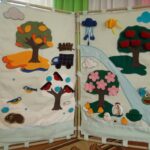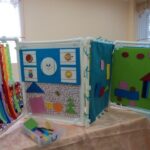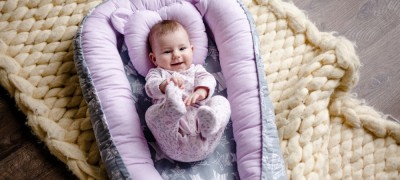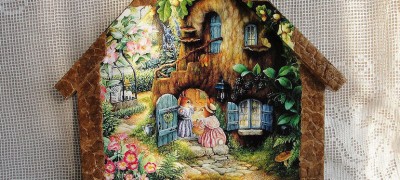Making a screen from plastic pipes
The screen is an excellent solution for zoning any space, and especially a large playroom in a kindergarten.

This design can be made from various materials, the number of options is amazing, but today the most popular model is made of polypropylene pipes, which is easy to perform even for a beginner.
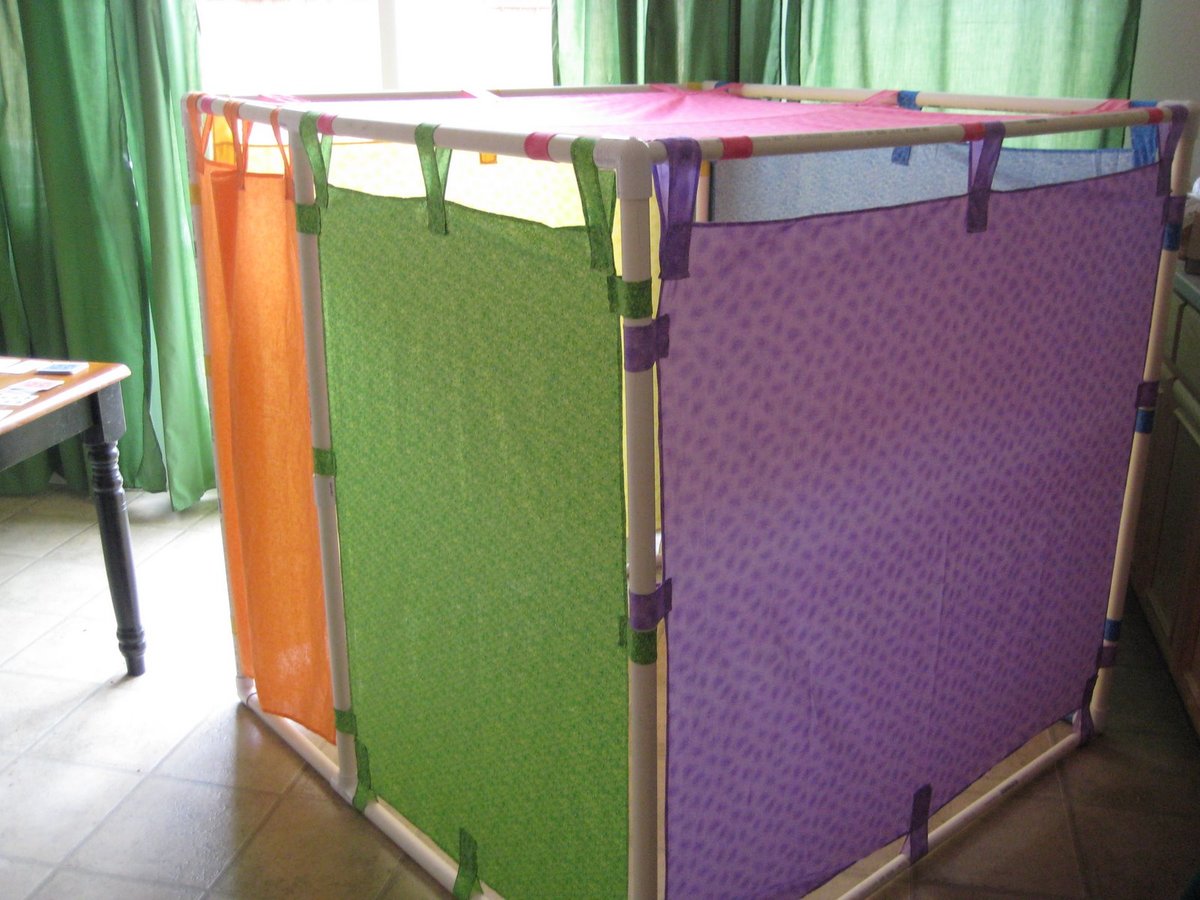
Choosing the screen design we need
A light screen made of plastic pipes with your own hands does not require much time to manufacture, while it will perfectly fit into any interior and will last a long time.

The screen can be made for different purposes - for fencing off a space, for garden fairy performances, for a table theater, etc. The size of the product depends on the room in which it is supposed to be used. The standard design has three sections, but a screen for zoning a large space should consist of at least 5-6 cells.

Note! For the screen to be stable, its total length at the base should not be less than the height. An increase in the number of sections also gives stability.
A frame is constructed from pipes, which is then decorated and decorated based on the purpose of using this item.
Preparation of all materials and tools
Very often, plastic pipes remain after the repair of premises and can be used for folk crafts, including screens for a kindergarten. If there are none, the materials can be bought at the nearest hardware store, and they are inexpensive.
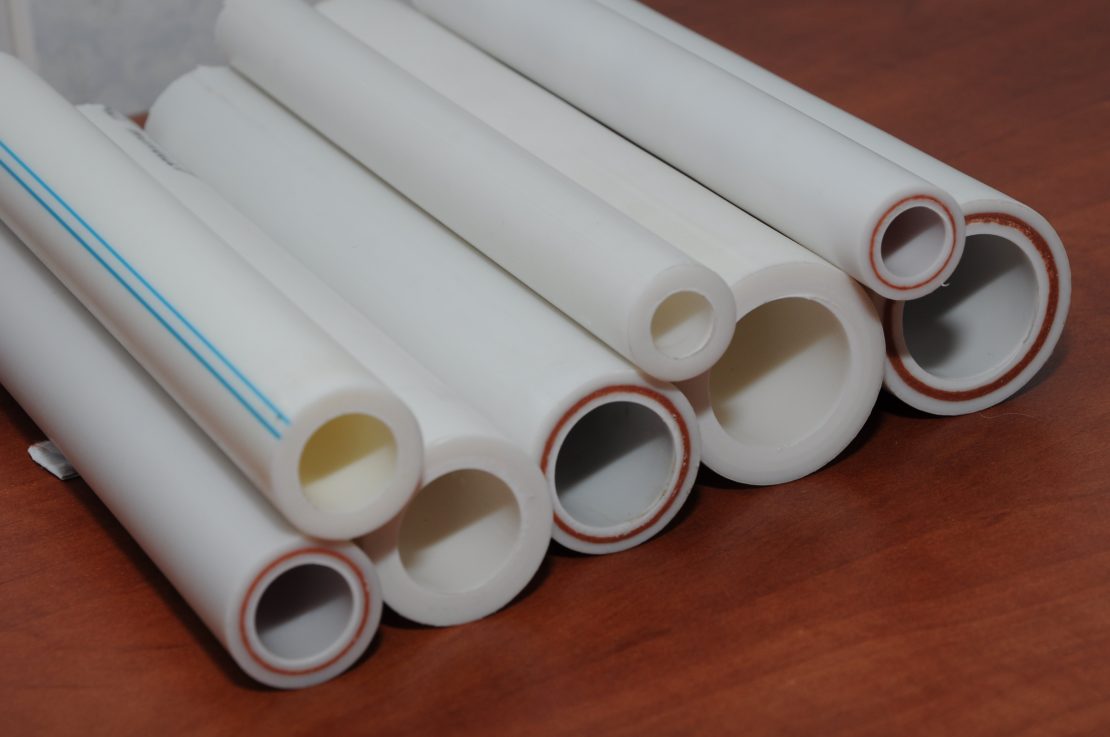
Before buying, you need to accurately determine the dimensions of the future product, complete a drawing of the required frame, calculate the footage of pipes for it, as well as the number of plastic corners (fittings) and double-sided fasteners.

- For example, a traditional three-piece screen made of polypropylene pipes consists of sashes, which require pipes of sizes 60-80 cm (width of the top and bottom, 6 pieces) and 100-120 cm (height of the sidewalls, 6 pieces). Thus, the total pipe footage should be approximately 10-12 m.
Note! As a rule, the standard length of plastic pipes in stores is 5 m. Keep this in mind when calculating the length of the required pipes for the product, because they must all be solid.
- For the standard screen under consideration, you will also need 12 corners, or fittings (4 for each section), as well as 6-8 double-sided connecting fasteners.
- For drapery in the sections of the screen, you will need fabric and decoration materials.
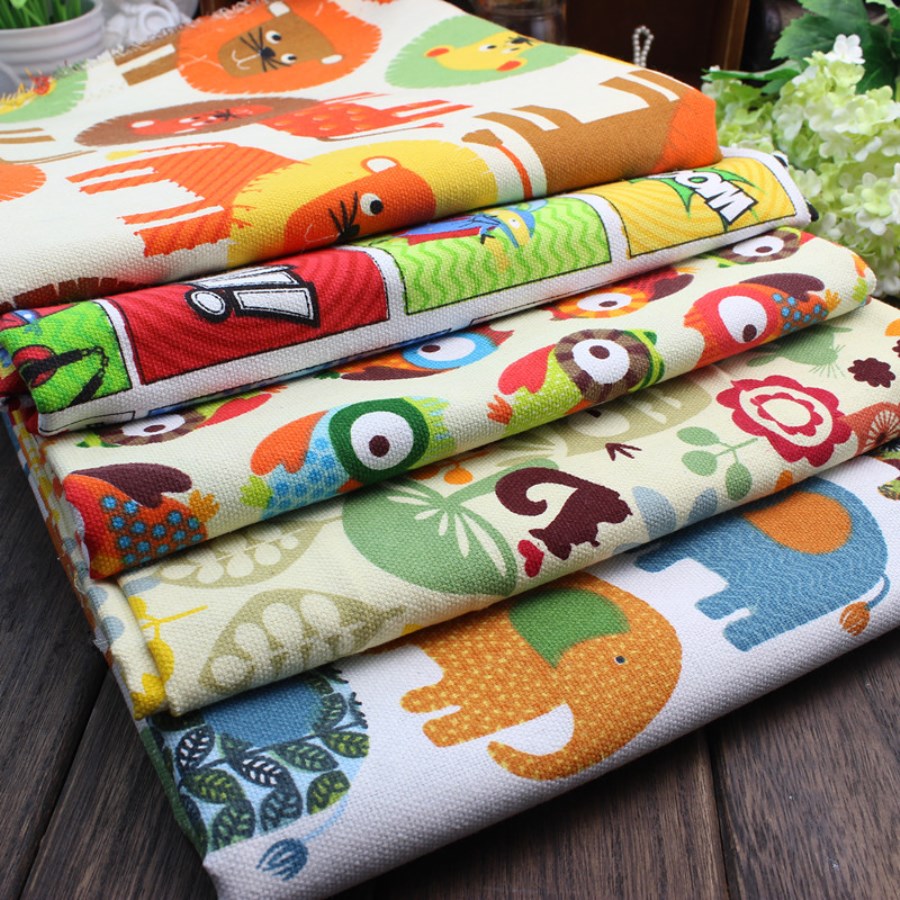
The set of tools and materials for work should include a hacksaw for cutting plastic, an iron for heating the ends of the pipes before connecting (or buy a special glue for PVC), alcohol wipes for degreasing the surface. The presence of a special plumbing apparatus for welding plastic pipes will greatly simplify the work.
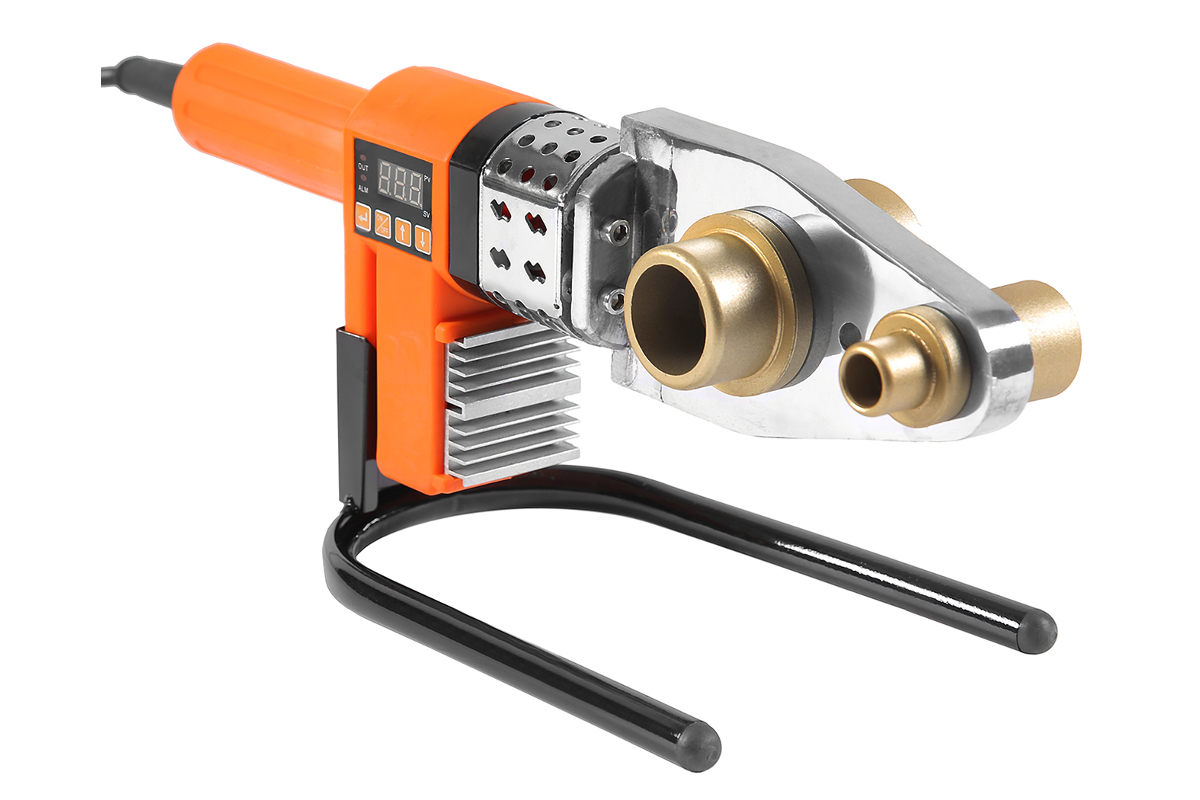
Attention! A child can help in the process of making a screen, but work with glue or an iron should only be performed by an adult, using all safety measures!
The process of making a screen from plastic pipes with your own hands
Having prepared the materials, you can immediately start working.

First, you need to cut the pipes to the required length, 4 for each section (2 - defining the width, 2 - the height). The ends of each tube must be degreased with alcohol.
How to connect pipes correctly
- When connecting with glue, it is necessary to apply the agent to the ends of the pipes, and after softening the plastic (after 1-2 minutes), insert it into the hole in the corner. Excess glue should be removed immediately with a dry cloth.
- The ends of the tubes can also be heated with an iron. To do this, put a sheet of paper on the cut of the pipe, and then press the sole of the hot device and hold for a few seconds, then immediately insert the tube into the fitting.

Thus, all sections are fastened from tubes; they must be identical in length and width.
Connecting sections
The parts of the future screen must be connected to each other, having waited 15-20 minutes after gluing the parts.

Bilateral fasteners are installed on one side of the section, after which the sidewall of the next section is attached to them. The fasteners should be evenly distributed along the entire length (as standard there are three of them - at the top, bottom and in the middle).
Decoration and decorations
Making a screen is the most creative and enjoyable part of the job, in which you can embody all your ideas. If the screen is intended for a kindergarten, it should be bright and attractive.

- To mask the plastic, the finished frame can be painted with acrylics and dried well. Details can be made in different colors to make the product even more decorative and bright.
- The sash openings must be draped with fabric covers so that the screen acquires its main function - fencing off the space. It is better to take the material of a natural composition so that the product does not become electrified and does not attract dust. Covers are sewn according to the size of the sashes, they can be in the form of freely falling curtains, fixed only on the upper slats, or in the form of canvases, fixed along the entire perimeter. Fasteners for fabric can be in the form of loops, fabric ties, decorative bows, Velcro, rubber tensioners, etc.
- The functionality of the screen is significantly expanded if the product is supplemented with patch pockets for storing toys, hanging clothespins for the exhibition of children's drawings and handicrafts.
You can make draperies of different styles in order to use the screen for different purposes - for example, winter / summer decor, decorations for different types of children's plays and fairy tales.
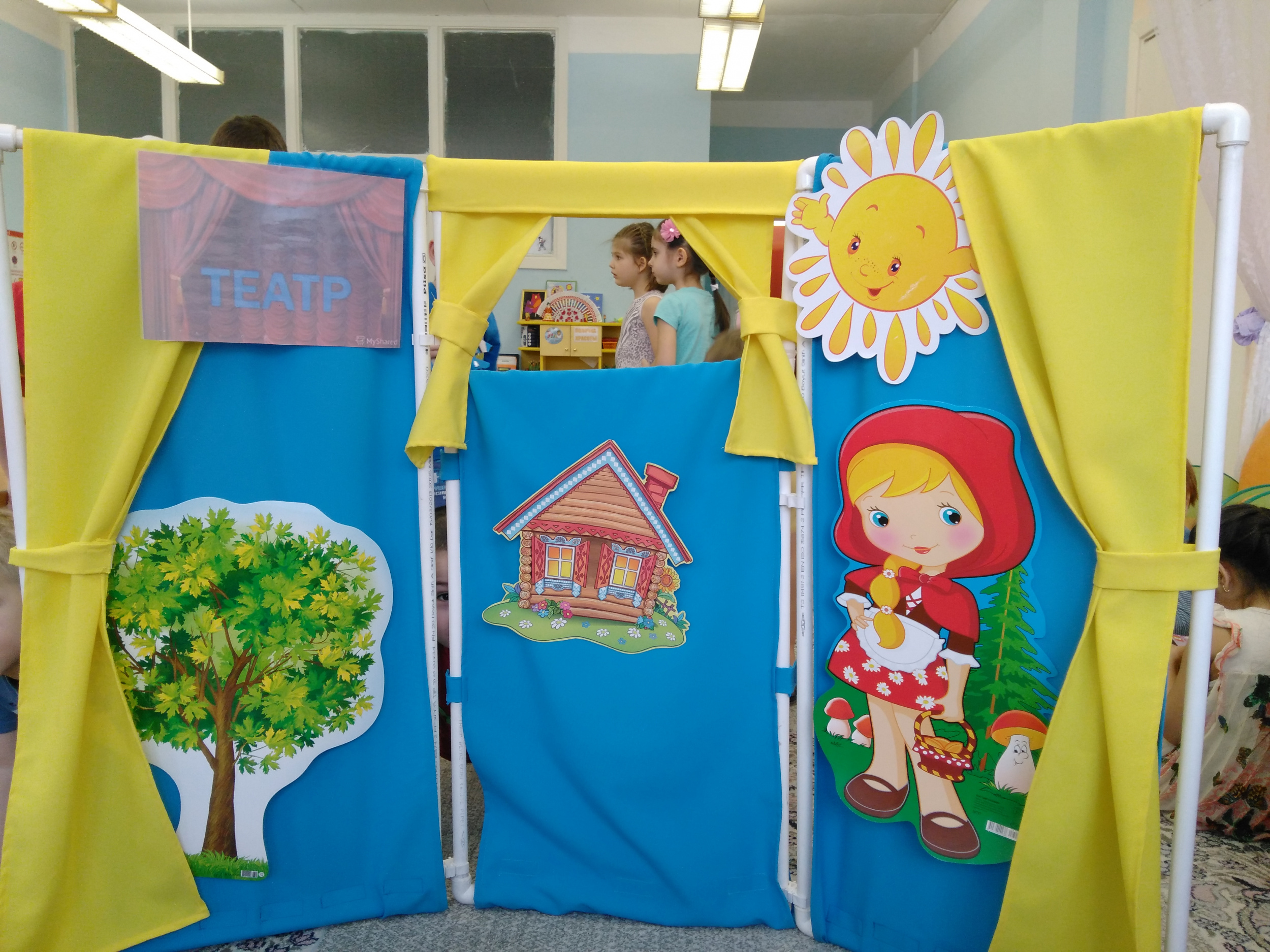
Master classes on creating screens
- A successful do-it-yourself master class on making a screen from plastic pipes embodies the idea of creating a whole children's house on its basis - for this, the door and windows are made out on the covers.
- Another master class gives advice on using a screen for children's creativity - applications and crafts of children are fixed on the covers.
- If, instead of fabric covers, webs of paper wallpaper are fixed, the screen can be used for collective drawing of children, creating large posters - for example, for the holidays.
- The structure can serve as a basis for lessons with children, counting material, letters, materials for the development of logic and imagination can be fixed on it.
Video: do-it-yourself transforming screen












